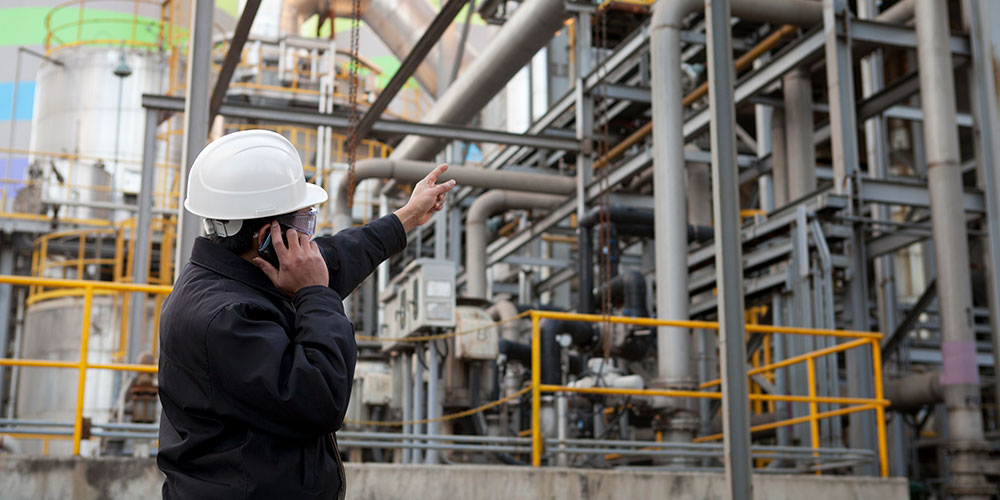industry-news
Local Efficiency Insulation Rebates
May 11, 2021

Mechanical insulation isn’t exactly the top priority on most peoples’ minds. Whether you’re a facilities manager, building owner, process control engineer, or maintenance professional, you probably have a to-do list a mile long, and insulation is the last thing you want to deal with. It’s understandable—for many people, mechanical insulation simply blends in to their environment, becoming part of their daily landscape.
But insulation systems are more than just a standard part of the HVAC and piping. The many benefits of mechanical insulation are well documented in all of the ways they actively help facilities. When insulation systems fail, the results can cancel out those benefits and cause the system to underperform.
There are some obvious signs that it’s time to consider a mechanical insulation upgrade. If you notice any of the symptoms below, it’s time to get in touch with an insulation contractor, diagnose the issue, and create a plan for getting your insulation system back on track.
Insulating mechanical equipment provides a high return on investment, but according to the National Insulation Association, between 10% and 30% of all mechanical insulation is missing or damaged. This means that the expected ROI isn’t able to be met, because the integrity of the system is compromised.
If your insulation has a compromised vapor barrier or broken down fiberglass, it may be time to consider a replacement system.
If your facility is reevaluating its processes and energy use, it’s a clear sign that it’s time to plan for a mechanical insulation upgrade. Whether you’re upping the focus on energy-saving initiatives or increasing the effectiveness and efficiency of processes, upgraded insulation will play a role.
When your current insulation as originally installed, it was most likely specified to meet certain conditions. However, if facility operating conditions will soon be changing, consult an insulation contractor to determine if it will be necessary to upgrade the insulation material, thickness, jacketing, or other factors.
When it is properly installed and maintained, insulation can provide ROI for over 20 years. If your system is older, not only has it most likely been damaged
One all-too-common issue that could occur with an older system is corrosion under insulation (CUI). CUI is any type of corrosion that occurs due to moisture buildup on the external surface of insulated equipment. Unfortunately, because it’s hidden under insulation material, CUI often goes undetected until it becomes a serious problem. This means that it is often found in older insulation systems that haven’t been inspected for a while. CUI can lead to costly repairs that involve replacing sections of pipe, so updating insulation that has been compromised by moisture is essential to avoiding this long-term problem.
Basically, when efficient repairs can no longer be made and the insulation is no longer optimizing your facility, a new system should be implemented. It should be obvious when the costs of maintaining your mechanical insulation outweigh the energy-saving benefits.
Some signs that your mechanical insulation system may be underperforming include increased energy costs, increased heat loss, or failing process control.
Decreased system performance could be a result of damaged insulation or insulation that has been compromised in some way. An underperforming insulation system could also be a sign that the insulation wasn’t specified or installed correctly to begin with. If you suspect that the system was under-engineered from the start, consult an insulation contractor to get a professional evaluation and diagnose the problem.
If you notice any of the signs above, the best course of action is to get an insulation energy appraisal. In this process, an insulation professional performs a complete facility walkthrough, measuring and inspecting all applicable ducts, pipes, and equipment, both insulated and uninsulated or damaged.
After the walkthrough, the appraiser will provide a full report that details fuel cost savings with your current insulation system, potential upgrades for your system, and potential savings with an insulation upgrade.